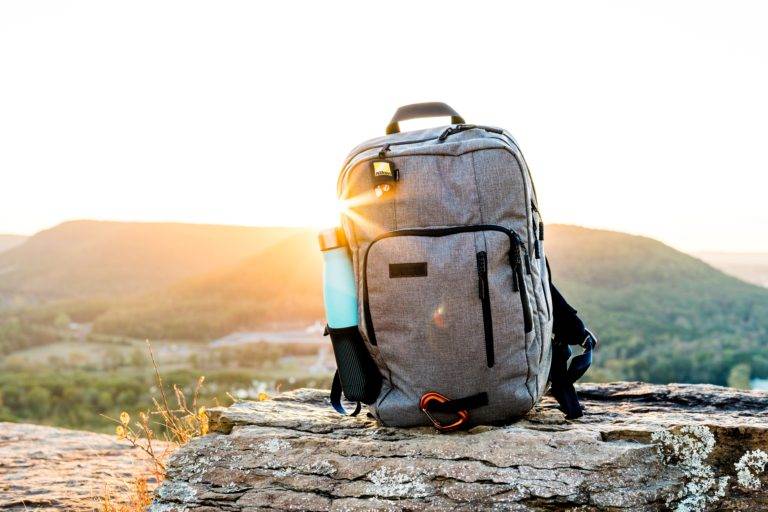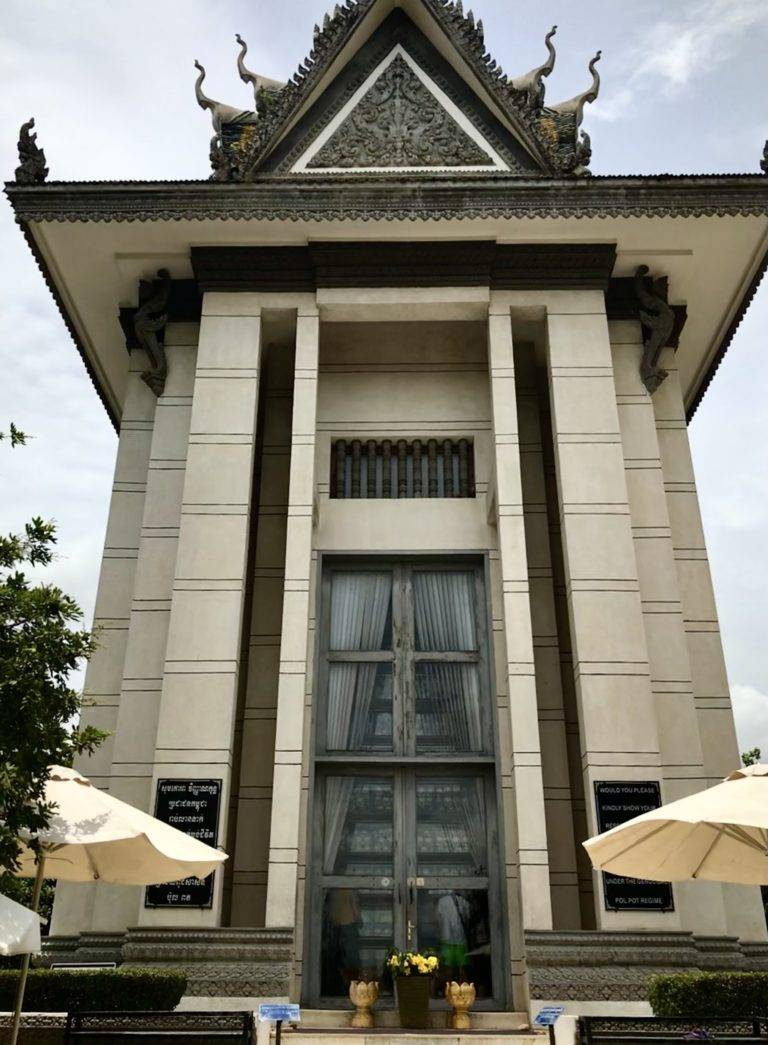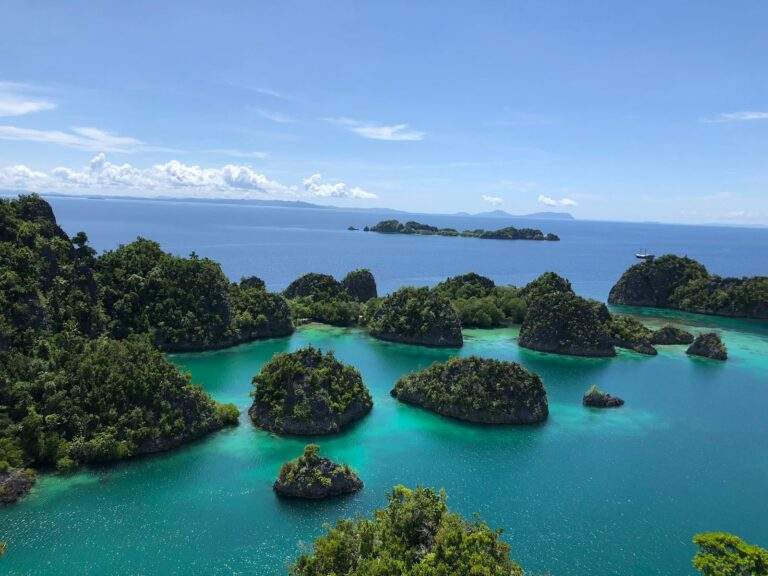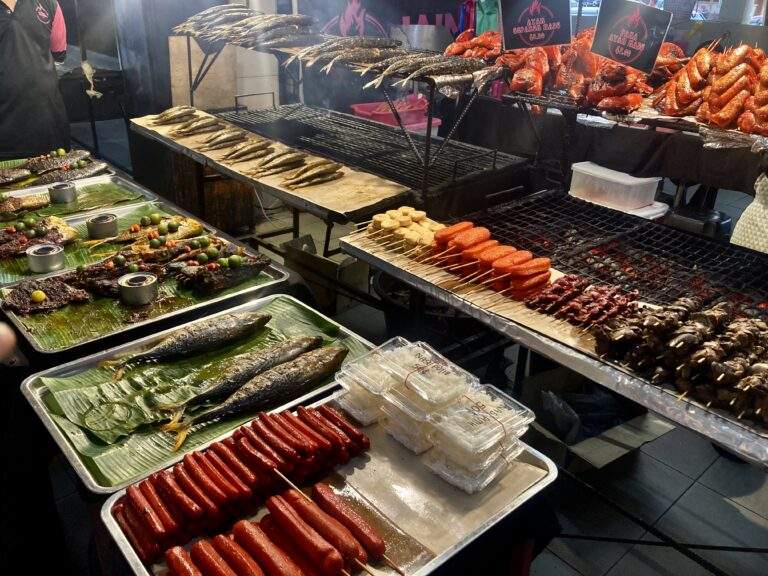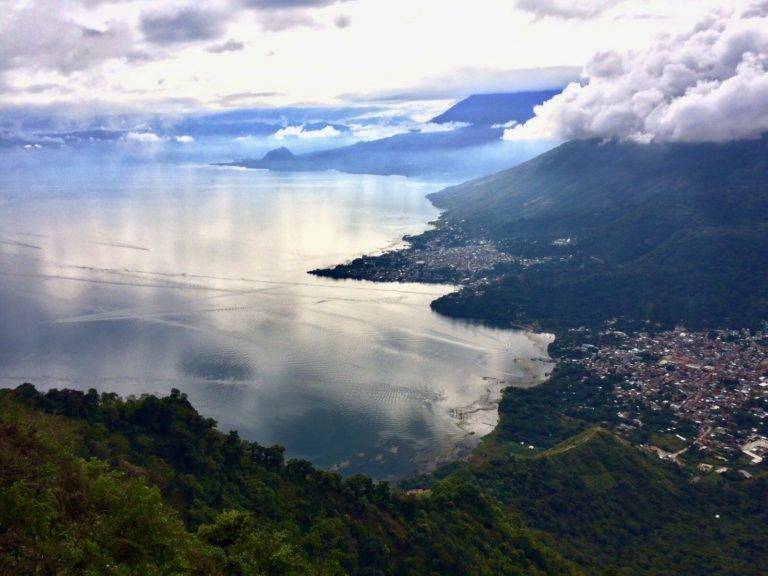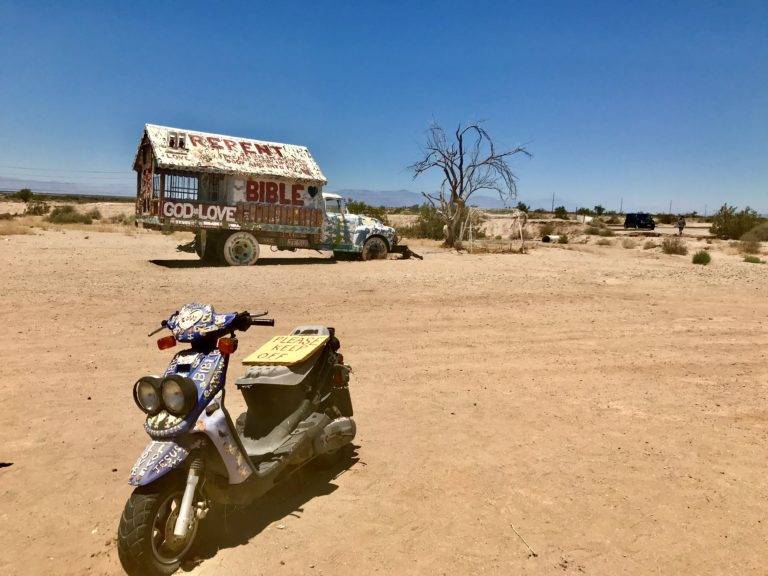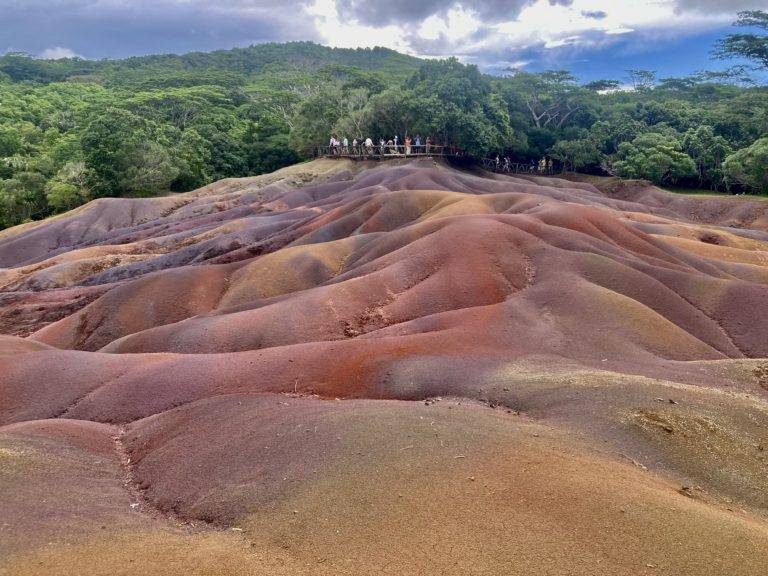Lusaka, the capital of Zambia, is a unique and lively city that can be explored even on a budget. Lusaka is an often overlooked city for travelers, but it offers a unique experience for those looking to explore the culture of this Southern African country.
In this guide, we will provide budget-friendly advice on what to see and do in Lusaka, where to eat and stay, and tips for ensuring you have a great experience in this city.
Table of Contents
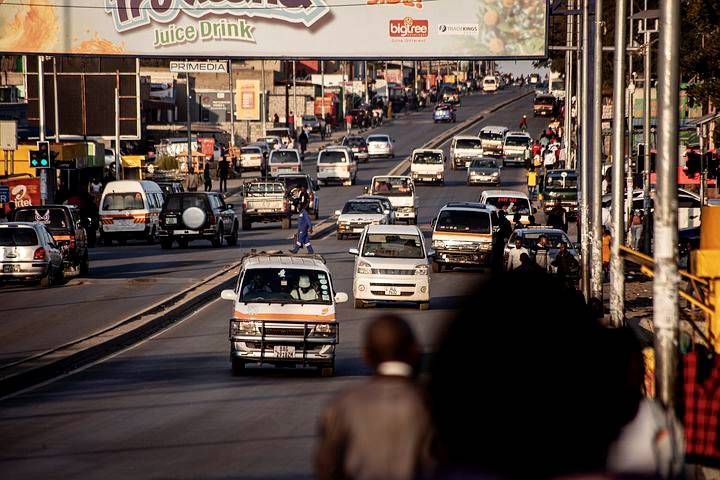
Where is Lusaka?
Lusaka is located in the central part of Zambia. It is about a three-hour drive from the border of Zimbabwe.
Why is Lusaka Famous?
Lusaka is the largest city and capital of Zambia and is known for its rich culture and historical significance. The city is home to the Freedom Statue, which commemorates the country’s struggle for independence from British colonial rule, and the Lusaka National Museum, which showcases Zambia’s cultural heritage.
Lusaka is also a hub for African politics and diplomacy, with many regional organizations headquartered in the city. The city is a melting pot of cultures, with its inhabitants representing all 72 of Zambia’s ethnic groups, as well as thousands of expats. Visitors to Lusaka will be charmed by the warm hospitality of the Zambian people and the city’s strong cultural scene.
What Language do They Speak in Lusaka?
The official language of Zambia is English, so almost everyone you meet in Lusaka will be able to speak it. Most residents also speak Nyanja, and a large portion also speaks Bemba.
Is Lusaka Safe for Travelers?
Lusaka is a very safe place for travelers, especially compared to neighboring countries in Africa. However, just like anywhere else, make sure to use common sense to avoid becoming a victim of crime.
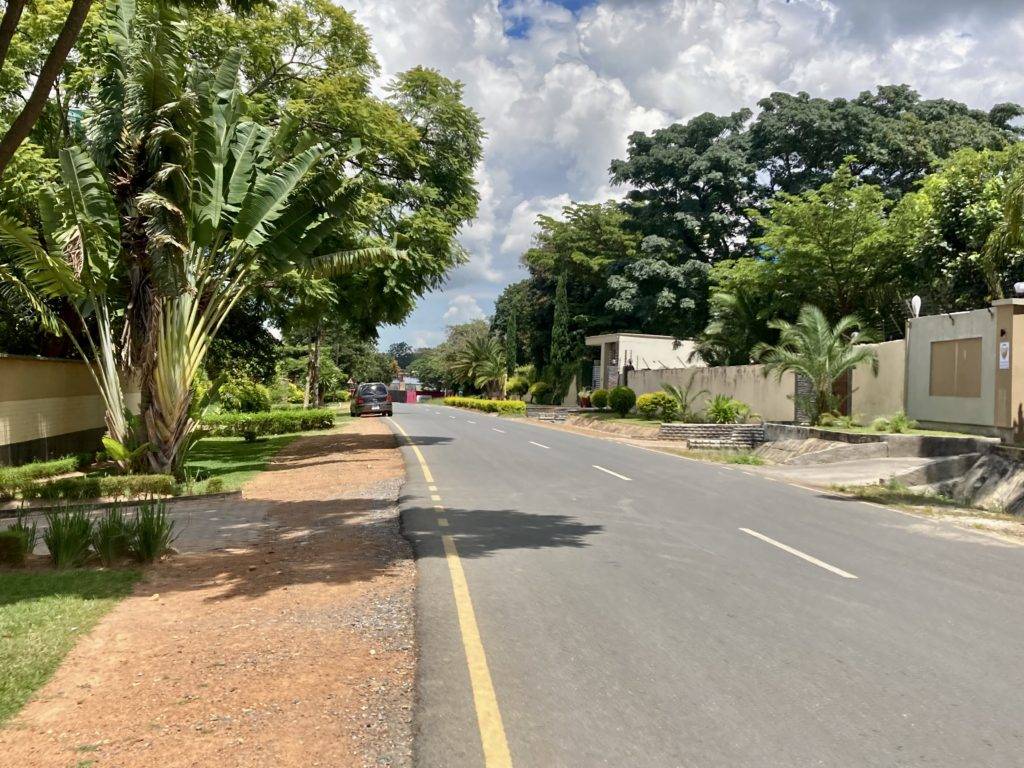
What to do in Lusaka
While there is plenty to see and do in Lusaka, here are our recommended top 5!
Check out the Kabwata Cultural Center
The Kabwata Cultural Village is a market that offers a unique shopping experience. Artisans from each of Zambia’s 72 ethnic groups are represented there. It’s the perfect place to find souvenirs and local crafts, including traditional clothing, pottery, and artwork. Make sure to bargain with the vendors to get the best price!
Stop by Munda Wanga Environmental Park
For just 30 kwacha ($1.40 USD), visitors can enter Munda Wanga Environmental Park. Located in southern Lusaka, this park contains a wide range of animals, birds, and reptiles. Visitors can enjoy guided tours, nature trails, and animal shows. The park also has a botanical garden and a swimming pool, making it a great option for families.
Take a day trip to Lusaka National Park
Lusaka National Park is a nature reserve located just outside of the city center, offering visitors a chance to see a wide range of wildlife, including elephants, giraffes, and zebras. If you are lucky, you may even see the rare white rhino! Guided safaris are available, as well as walking tours and camping options for those looking to stay overnight.
Visit East Park Mall
East Park Mall is a modern shopping center located in the Kalundu neighborhood, offering a wide range of stores, restaurants, and entertainment options. There are plenty of dining choices, with both fast food and traditional food options. For budget travelers, I recommend getting groceries from ShopRite and cooking your own meals to save money.
Check out a local market
Lusaka is home to several local markets, such as the Soweto Market. You can browse handmade crafts, clothing, and fresh produce, and practice your bargaining skills with local vendors. These markets offer a unique glimpse into Zambian culture and are a great place to pick up souvenirs.
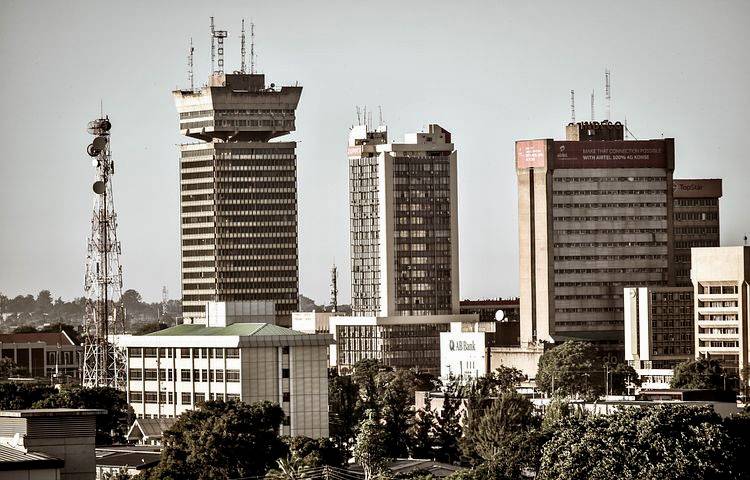
Cuisine of Lusaka
The cuisine of Lusaka is a diverse mixture of traditional and international flavors. Here are the top 3 foods you should try!
Nshima
Nshima is a traditional Zambian dish made of corn flour, and it’s a staple food in the country. It’s usually served with vegetables, meat, or fish. It’s very cheap and a great option for budget travelers. There are many local restaurants in Lusaka that serve nshima, and visitors can enjoy a full meal for a small price. Tip: it is normal to eat it with your hands.
Kapenta
Kapenta is a popular Zambian dish made of dried and salted small fish. It’s usually served with nshima and vegetables, and it’s a great source of protein. If you are unable to find Kapenta in Lusaka, it is more common near the Zambezi River, such as in Livingstone.

Chibuku
Chibuku is a local beer that’s popular in Zambia. It’s brewed from corn and sorghum, and it’s known for its sour taste. It’s also very cheap, making it a great option for budget travelers who want to experience local culture.
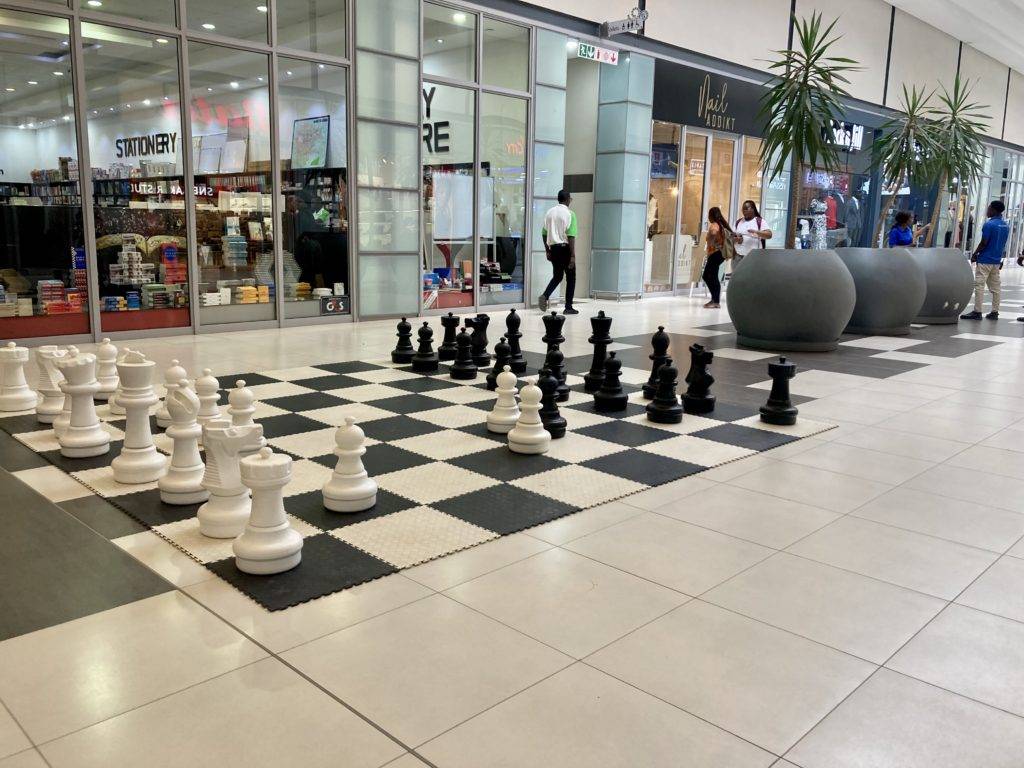
Where to Stay in Lusaka
Neighborhoods in Lusaka
When planning a trip to Lusaka, there are various neighborhoods with great accommodation options to choose from. For a central location with vibrant nightlife, consider booking a stay in Kabulonga or Rhodes Park. If you prefer a luxurious experience, the areas of Longacres and Olympia offer upscale accommodation choices.
For budget-friendly options, travelers may consider accommodations in the neighborhoods of Kalundu or Kabwata. Be sure to research each area beforehand to ensure it fits your preferences and travel needs.
Low Budget
Medium Budget
Prices for private rooms can vary depending on the neighborhood. Some hostels offer private rooms for $25/night, while others can charge $50+ per night. Check out Jul’s Guest House in Kalundu on AirBnB, I was able to negotiate a private room for $18/night. You can also check out the Salama House a two-bedroom apartment for about $50/night.
High Budget
If you have some extra cash to spare, you can find resorts right in the heart of the city for $100-180/night. For a more luxurious experience, consider staying at one of the high-end hotels, such as the Taj Pamodzi Lusaka, that can cost anywhere from $200+/night!
Check out the map below for available accommodations.
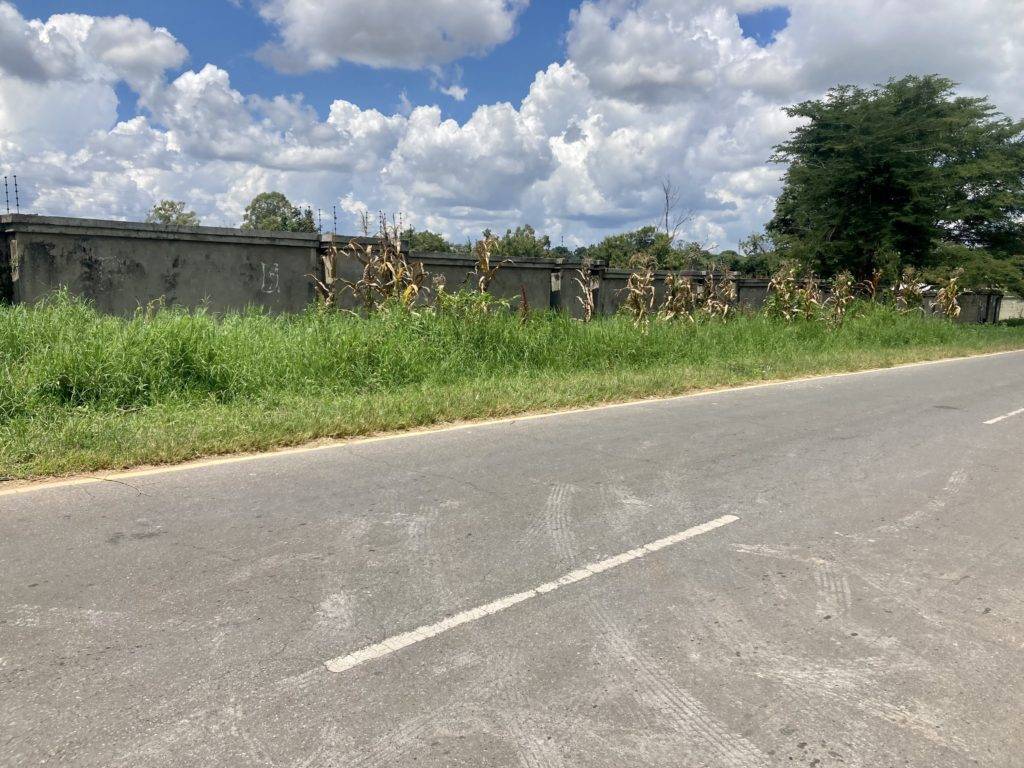
Tips for Visiting
Before your trip to Lusaka, here are 5 tips to ensure your visit goes smoothly.
1. Download the Yango app
Unlike other African cities, such as Kigali, there are no motorcycle taxis to take you around. This was a shock for me after coming from East Africa. However, Yango is a great way to easily get around town. This is a ride-sharing app, similar to Uber, in which a driver will pick you up and drop you off wherever you want.
2. Eat the local food
Lusaka has a lot of malls, which means it has a lot of fast food restaurants. It can be tempting to just eat fast food all the time. However, I recommend checking out some smaller restaurants that serve local foods. These are especially prevalent near the city center.
3. Check out East Park Mall for nightlife
Surprisingly, one of the best places for nightlife is at a mall. East Park Mall has a couple of different bars and a night club that are open seven days a week. Make sure you check the menu beforehand to determine the price for drinks. A bartender tried to charge me 55 kwacha ($2.60 USD) for a beer that costs 35 kwacha ($1.65 USD). It’s not a huge price difference, but it’s the principle that matters.
4. Get change for large bills at stores and banks
Many market vendors, moto drivers, or small shop owners will not be able to give you change if you attempt to purchase something with a large bill. Keeping 2, 5, and 10 kwacha denominations will make things much easier than trying to purchase something with 100 kwacha.
5. Learn at least a few words in Nyanja
There are a few different languages spoken in Lusaka (Bemba, Tonga, etc), but knowing a few words in Nyanja, the most widely-spoken language, will go a long way. Most Zambians will not expect a foreigner to speak their native languages, so even just greeting them in their language will bring a smile to their faces.
Muli bwanji (moo-lee bwan-jee) – How are you?
Zikomo (zee-ko-mo) – Thank you


